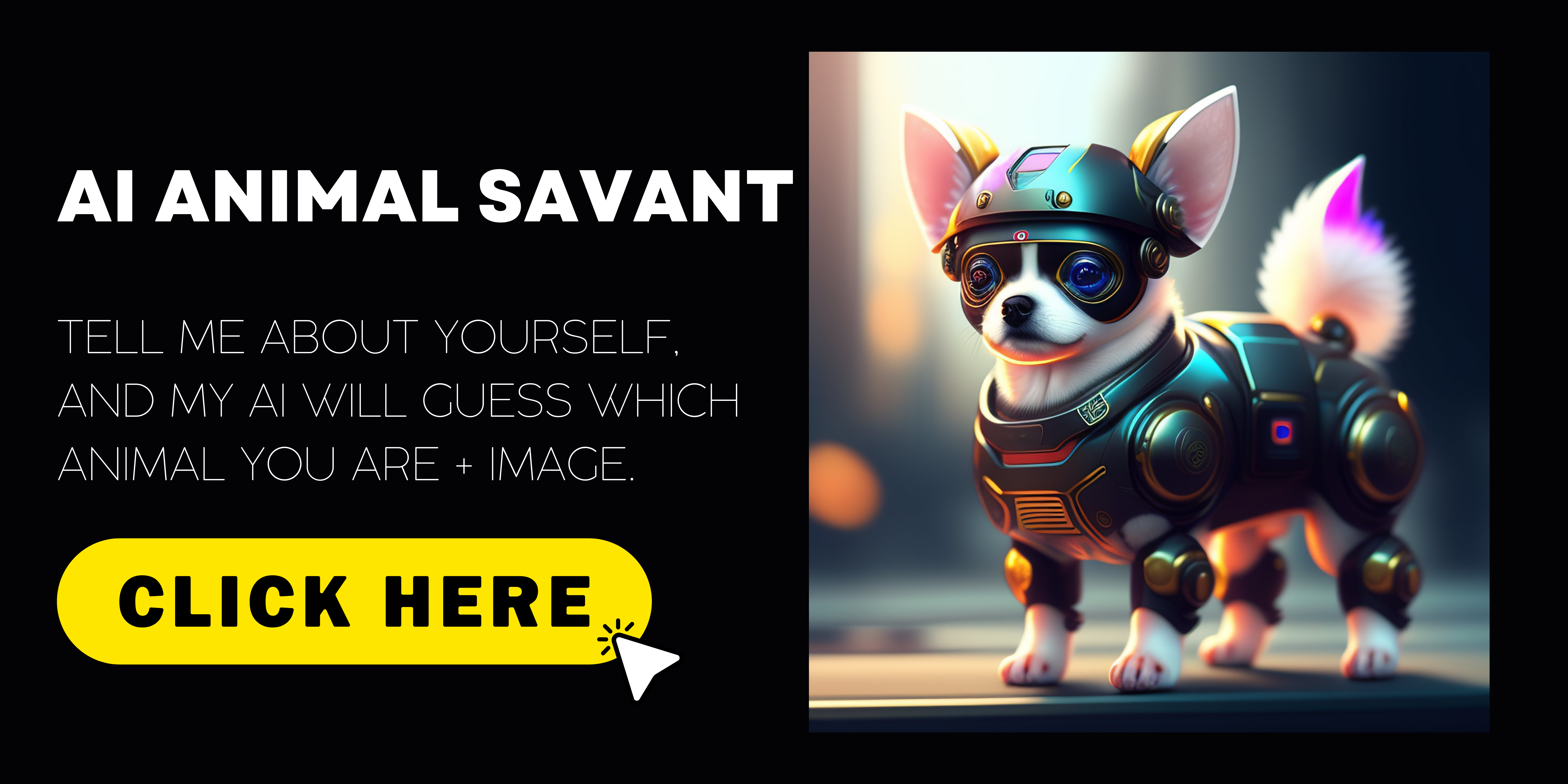The answer to why dogs wag their tail can be a matter of personal preference. It’s a kind of dog body language. If you like your pets to wag their tails every time you see them, then the answer is this: it’s a way to show your pet that you’re happy. Dogs use their tails to communicate several different things, including excitement, fear, identification, loyalty, and friendship. Here are just some of the reasons why they wag their tails.
Wagging tail communicate.
We must recognize that a dogs tail’s neutral or natural position varies by breed.
Tail position may indicate:
Preparedness or agitation.
When dogs are alert, they stand with their ears up and tails raised. This posture indicates that they are watching and ready to confront whatever caught their attention.
Curiosity.
When a dog is curious about something, she holds her tails straight out in a horizontal position.
Happiness.
A happy dog holds his tail in a neutral or slightly raised position and adds a healthy wag.
Negotiation.
When a dog suddenly stops wagging his tail and freezes, it may mean that he wants to divert a threat without being aggressive.
Aggression.
When a tail wag from a neutral position to a vertical one or arches over the back, it indicates that the dog may be aggressive. The higher the tail, the greater the threat. This high tail position also releases more of the dog’s scent from the anal glands, announcing the aggressive dog’s arrival and marking his territory.
Submission.
When dogs tail wag from the neutral position to a lower one, the dog is submissive and is not a threat. The rate at which a tail moves adds further meaning to canine communication.
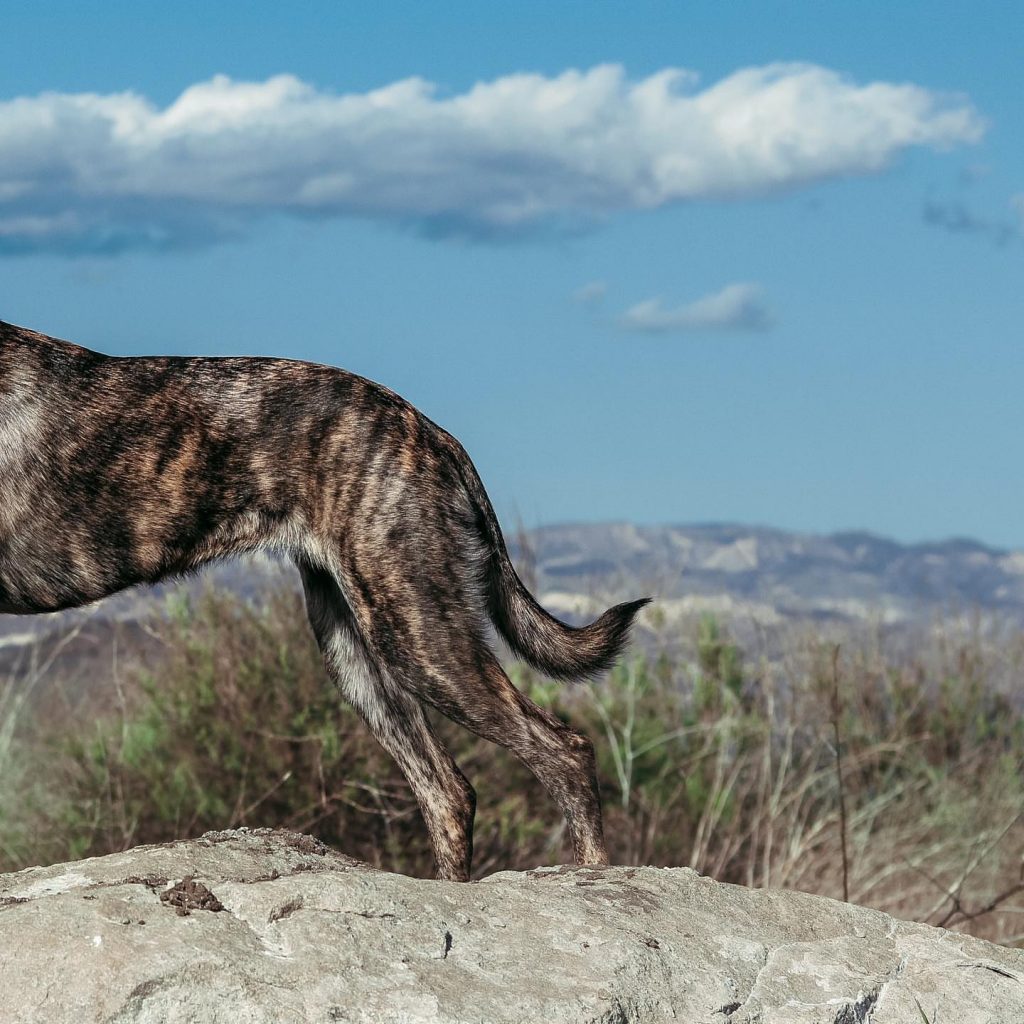
Wagging speed may indicate:
Excitement.
The faster the wag, the more excited the dog. A tail wag may range from very slow to extremely rapid (known as flagging). Sometimes the dogs tail wags so fast that it appears to vibrate.
Insecurity.
A dog that is tentative about meeting a new person or another dog may wag his tail ever so slightly to indicate that he is insecure.
Friendliness.
A friendly dog may wag his tail more freely and even wiggle his hips simultaneously.
Aggression.
When a dog wags his tail very fast while holding it vertically, he may be an active threat. Remember that a person can get bitten by a dogs tail wagging.
A sign of relaxation.
This physical position shows relaxation in your pet. Most dogs will naturally wag their tail in this position; however, those with curly tails like Samoyeds will have them wagging it away from their butt in the high-lighter natural position. This shows them that they are relaxed and in good spirits. The other reason why a dog tail wag is to announce their presence to other dogs by rubbing their anal glands along the back of their legs. When other dogs see your pet making this wagging motion, they’ll start to follow them and touch them.
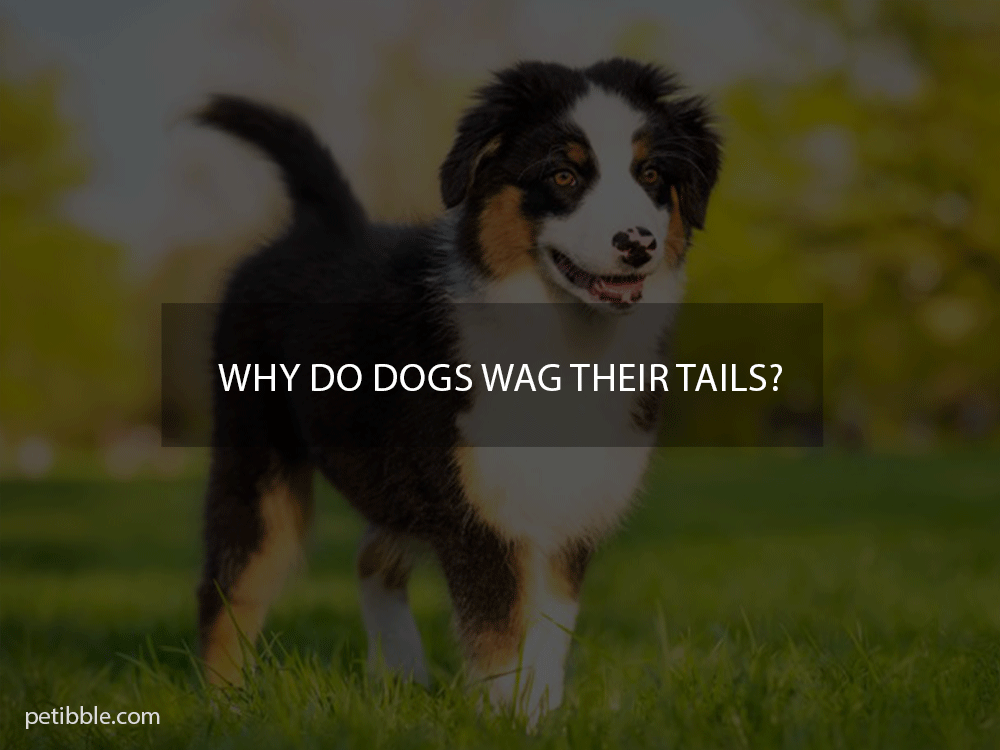
A message for other animals.
This communication can mean different things to different dogs, but it’s usually used to show submission or discomfort. If you’ve ever observed a piggybacking tail wagging, you know what I’m talking about. A tail wagging is a clear message to other animals that they are in a dominant position – either the dominant one or the submissive one.
You may like : why does my dog freeze on walks?
A signal from the left side of the body
What causes this body language to occur? The answer is simple: the left side of the body is responsible for sending signals to the brain. Because the left side of the body controls the dominant way the brain receives information, the brain will only process information which comes from the left side of the body. This means that the wag of the tail is a message sent from the brain by the left side of the body to the tail wagging, not from the right side of the body.
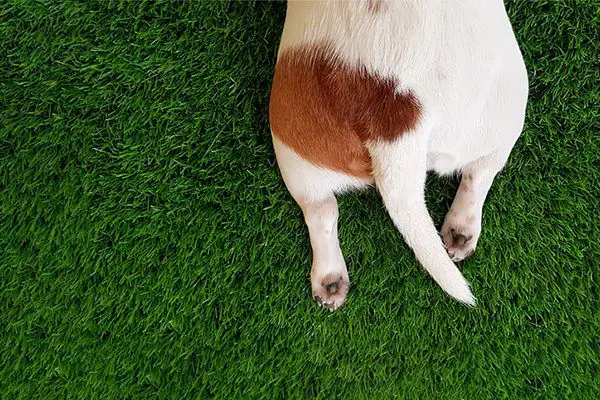
Using for stability.
Remember that dogs do not use their tails just for communication. It is often used to balance and stabilize dogs. Watching a dog move at high speeds in slow motion can reveal its use of the tail for stability. If the dog is swimming in the water, it acts as a rudder. It is interesting to think about whether using a dog’s tail to communicate with other dogs has evolved secondarily to these other uses or if they evolved first for communication purposes.
You may like: can dogs eat strawberry jelly?
They are trying to look less threatening.
One other reason why do dogs wag their tails is to make themselves look less threatening. When a person walks up to a cat and holds its tail high, the cat is aware that it is being looked at and maybe prepared to run away. The same thing goes for dogs – if you hold your dog’s tail high when it is calm, it may be able to stay calmer and less mysterious. If you want to be less aggressive toward other dogs, wagging your tail can help with that as well.
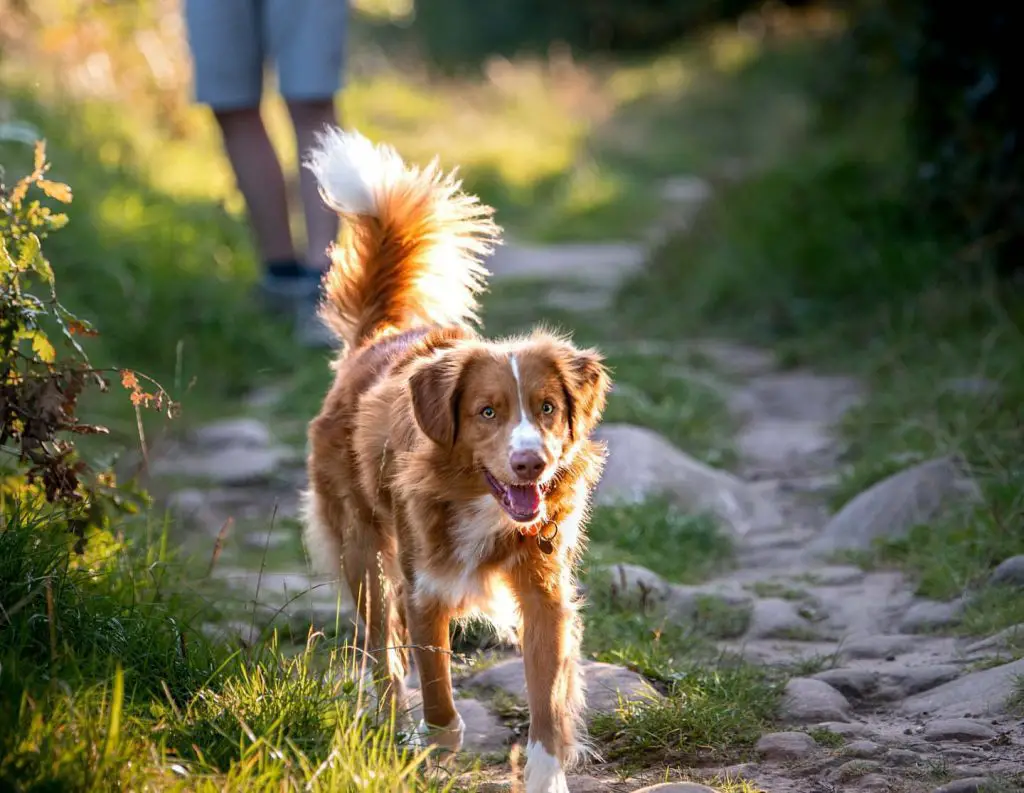
Dog tails and positions What are they?
To figure out what’s happening when your dog’s tail, look away and examine the position of their tail and the speed at which the tail itself. Read on to find out why dogs wag their tails, and the different dog tail signals.
Natural position, no move.
This posture indicates relaxation in your dog. The most natural position for tails for most dogs is lying down with their feet close to their sides; However, this depends on your dogs breed.
Wagging tail, straight and erect.
It is possible to believe that a wagging, straight tail means the dog is content; however, this is an expression typically seen by exuberant dogs, meaning that their actions could be unpredictable.
Wagging and backward.
The dog tail symbol signifies that they’re curious and could be unsure about the situation. This can be seen if they’re looking at an unusual object or a creature they’ve never before seen.
Tail between legs.
If your dog is tucking the tail with their legs or tucked, it suggests that they require some space since they may be anxious or worried.
Conclusion.
But for many reasons, wagging tail is just one of those little extras that dogs enjoy. You will probably never really understand why, but they sure love to show off their little tics.


